SEO isn’t one-size-fits-all. In today’s fast-paced digital landscape, businesses must understand the different facets of Search Engine Optimization to stay competitive. From tweaking on-page elements to building strong backlinks, each type of SEO plays a unique role. By mastering these categories, you can craft a well-rounded strategy that drives traffic, boosts rankings, and converts visitors into customers.
On-Page SEO

On-Page SEO focuses on optimizing individual web pages to rank higher and earn relevant traffic. It involves refining content, HTML elements, and user experience to make pages more appealing to both search engines and users.
Keyword Research & Optimization
Effective on-page SEO begins with keyword research. Identify terms your audience uses, then weave them naturally into titles, headings, and body text. For example, a home-improvement blogger might target “DIY kitchen backsplash ideas.” Actionable tip: Use tools like Google Keyword Planner or Ahrefs to discover search volume and competition level, then map primary and secondary keywords to each page.
HTML Elements & Content Structure
Elements such as title tags, meta descriptions, and header tags signal page relevance to search engines. A well-crafted title tag of under 60 characters can boost click-through rates by clearly setting expectations. Tip: Write descriptive meta descriptions of 120–155 characters that include your main keyword and a call-to-action to improve SERP performance.
UX Signals & Page Experience
Search engines consider user engagement metrics like bounce rate, time on page, and page speed. A site that loads two seconds faster on mobile saw a 15% decrease in bounce rate. Real-world example: An e-commerce store improved conversions by 10% after optimizing image sizes and leveraging browser caching. Actionable tip: Test your site with Google PageSpeed Insights and follow its recommendations.
Off-Page SEO
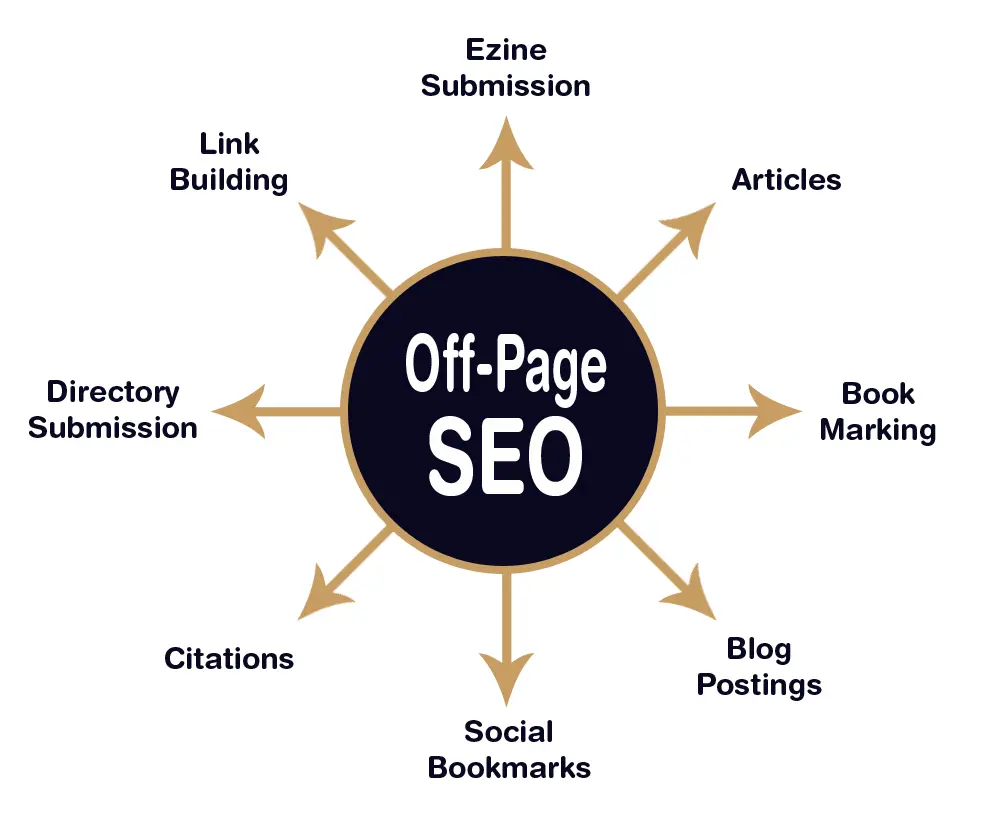
Off-Page SEO refers to actions taken outside your website to impact rankings. These activities build your site’s authority, trustworthiness, and relevance through external signals.
Backlink Building
High-quality backlinks are votes of confidence from other websites. A SaaS company guest-posted on three reputable industry blogs and earned 50+ links, resulting in a 25% increase in organic traffic. Tip: Use the broken-link building technique: find broken resources on authoritative sites and suggest your content as a replacement.
Social Signals & Brand Mentions
While social shares aren’t direct ranking factors, they amplify content reach and can lead to natural link acquisition. Encourage user-generated content by running a hashtag campaign or hosting a contest. Actionable tip: Monitor brand mentions with tools like Mention or Brand24, then reach out politely to request a link if someone mentions you without linking.
Influencer & Partnership Strategies
Collaborating with industry influencers can introduce your brand to new audiences and generate valuable links. A fitness gear retailer partnered with a micro-influencer who reviewed their products, driving 200 referral visits and three new backlinks. Tip: Vet potential partners by checking domain authority and audience engagement metrics before outreach.
Technical SEO
Technical SEO ensures that search engines can crawl, interpret, and index your site without issues. It deals with server configurations, site architecture, and performance optimizations.
Crawlability & Indexation
Implement XML sitemaps and a clean robots.txt file to guide search engine bots. A news site accidentally blocked its blog folder and lost 40% of organic impressions overnight. Tip: Regularly audit your site in Google Search Console to catch crawl errors and address “noindex” mistakes promptly.
Site Architecture & URL Structure
A logical site hierarchy helps both users and search engines navigate your content. Example: A university structured its site by department and degree type, reducing user frustration and improving page depth metrics. Actionable tip: Keep URLs concise, descriptive, and hyphen-separated (e.g., example.com/seo-basics).
Core Web Vitals & Security
Google’s Core Web Vitals measure loading, interactivity, and visual stability. Improving Largest Contentful Paint (LCP) and reducing Cumulative Layout Shift (CLS) can lead to higher rankings. Ensure HTTPS is active site-wide: visitors are 23% more likely to trust secure sites.
Local SEO
Local SEO helps businesses appear in geographically relevant searches. It’s crucial for brick-and-mortar stores, service-area companies, and anyone targeting a specific region.
Google Business Profile Optimization
A local café optimized its Google Business Profile with up-to-date hours, photos, and menu details, tripling foot traffic in three months. Tip: Ask satisfied customers to leave detailed reviews, then respond promptly to build trust and signal engagement.
Local Citations & Geo-Targeted Content
Consistent Name, Address, and Phone number (NAP) across directories like Yelp, Bing Places, and local chambers of commerce boosts credibility. Actionable text idea: Create city-specific landing pages targeting “roof repair in [City Name]” and include local landmarks in content.
E-commerce SEO
E-commerce SEO addresses the unique challenges of online stores, focusing on product visibility, user reviews, and structured data.
Product Page Optimization
Optimize product titles, descriptions, and images. Example: An electronics retailer added 5-star review snippets via schema markup, increasing click-through rates by 18%. Tip: Encourage verified buyers to leave reviews and feature them prominently.
Category Pages & Faceted Navigation
Category pages should group related products with clear headings and internal links. Be cautious with faceted navigation to prevent duplicate content—use canonical tags and robots.txt exclusions as needed.
Emerging SEO Trends
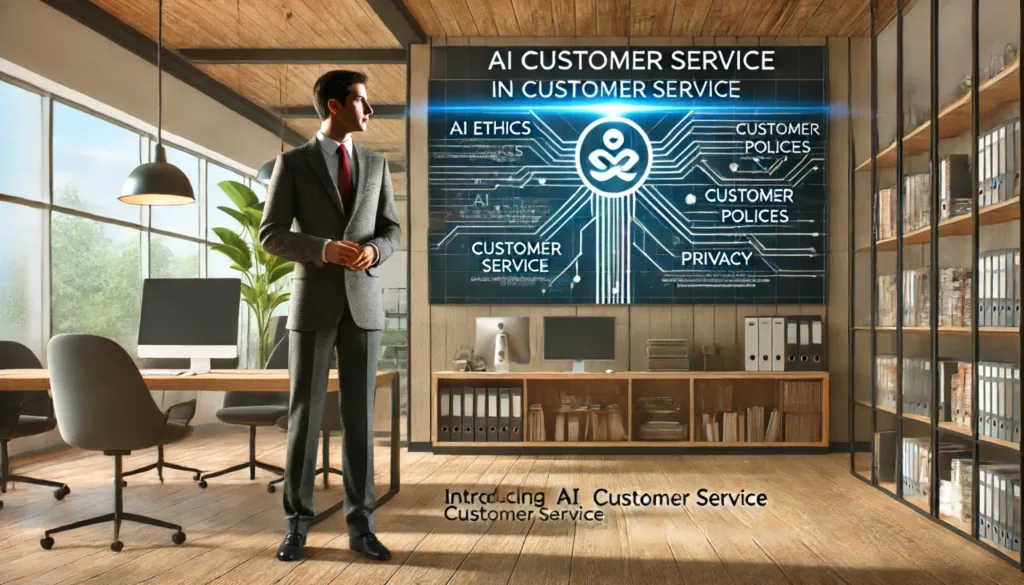
SEO evolves alongside technology. Staying ahead means adapting to new search behaviors and formats.
Voice Search & Conversational AI
With voice searches growing, optimize for natural language queries and question-based keywords. Real-world tip: Add an FAQ section with conversational phrasing like “How do I fix a leaky faucet at home?” to capture featured snippets.
Video SEO & Visual Search
Video content on YouTube and Google Video can drive significant traffic. A beauty brand optimized tutorial videos with keyword-rich titles and timestamps, earning a spot in video carousels. For visual search, add high-quality alt text and structured image data so tools like Google Lens can surface your visuals.
Conclusion
Understanding the types of SEO equips you to build a holistic strategy that addresses every stage of the customer journey. Use on-page tactics to fine-tune your content for relevance, off-page efforts to amplify authority, technical fixes to maintain search engine friendliness, local strategies to capture nearby customers, and e-commerce best practices to convert browsers into buyers. Stay nimble by embracing emerging trends like voice and video search.
Actionable SEO Checklist
- Conduct quarterly keyword audits and update content accordingly.
- Monitor Core Web Vitals monthly and address any scoring drops.
- Build at least five high-quality backlinks per month via guest posting or partnerships.
- Claim and optimize your Google Business Profile; solicit new customer reviews weekly.
- Implement structured data for product, FAQ, and event schema as relevant.
- Create geo-targeted landing pages for each service area to capture local queries.
- Regularly review and fix crawl errors in Google Search Console.
- Produce one pillar blog post per month, supported by internal links to related articles.
Frequently Asked Questions (FAQs)
How often should I update my on-page SEO elements?
Aim for a biannual review of title tags, meta descriptions, and header structures. However, monitor performance continuously and make adjustments immediately if rankings or CTRs drop.
Can social media activity directly improve my rankings?
While social shares aren’t a direct ranking factor, increased visibility often leads to natural backlinks and brand searches, which do boost SEO performance.
What’s the ideal site structure for a growing business?
Start with a shallow hierarchy: Homepage > Category > Subcategory > Detail. Aim to keep important content within three clicks from the homepage to ensure crawl depth remains manageable.
With these insights and tools in hand, you’re equipped to craft a robust SEO strategy that aligns with your business goals. Remember: SEO is a marathon, not a sprint. Consistent optimization, quality content, and staying attuned to search trends will pay dividends over time. Understanding the types of SEO equips you to build a holistic strategy. Use on-page tactics to optimize content, off-page efforts to earn authority, technical fixes to ensure crawlability, local tweaks to capture nearby customers, and e-commerce best practices to boost sales. Keep an eye on emerging trends and adapt your approach. With these actionable tips, you’re ready to elevate your digital marketing and drive long-term growth.

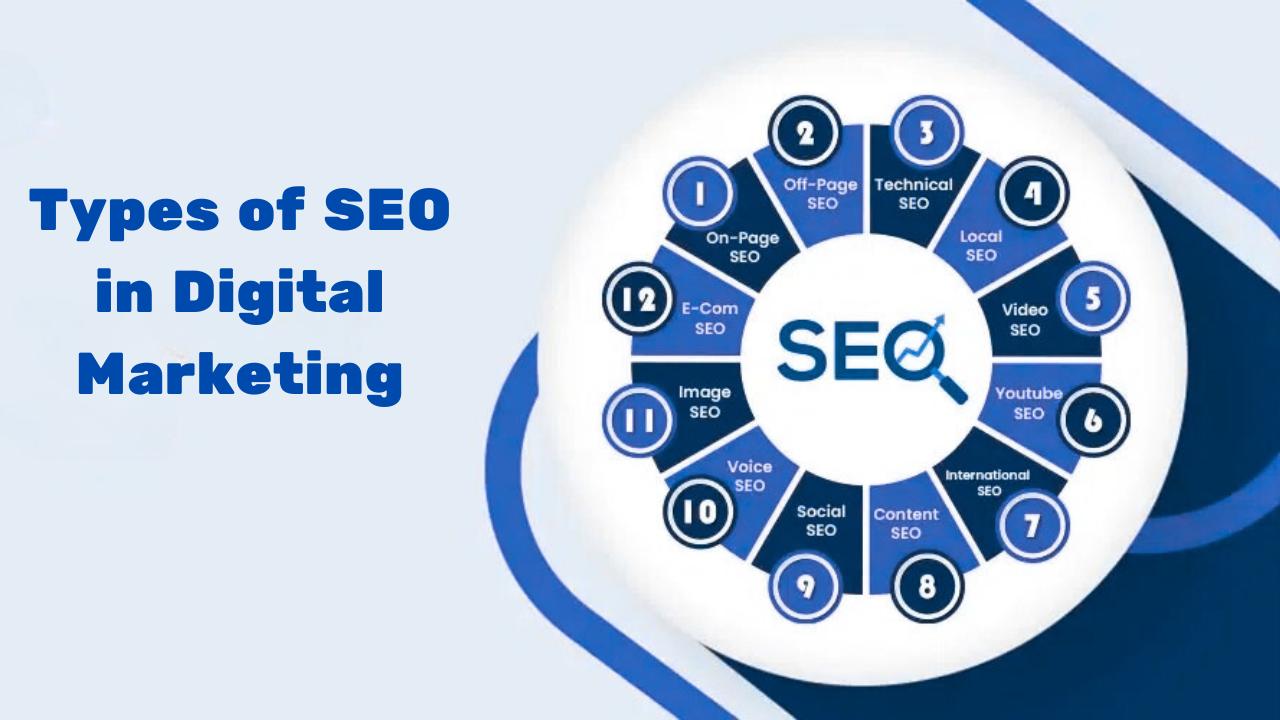


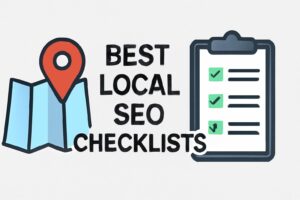
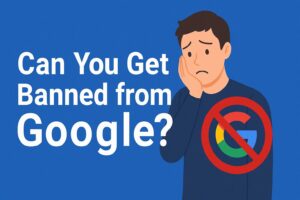



Add comment
You must be logged in to post a comment.